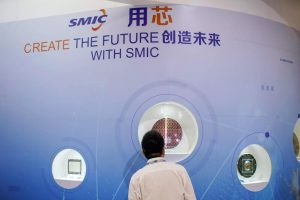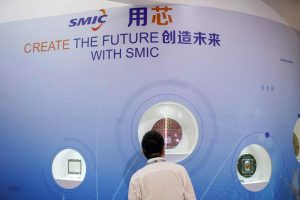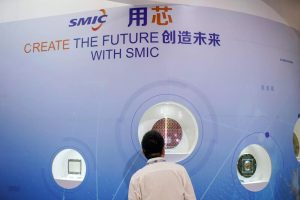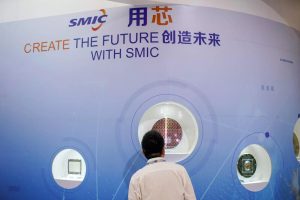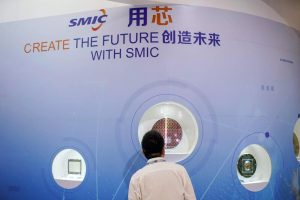Impact of U.S. Tariff Policy on SMIC: Insights and Forecasts
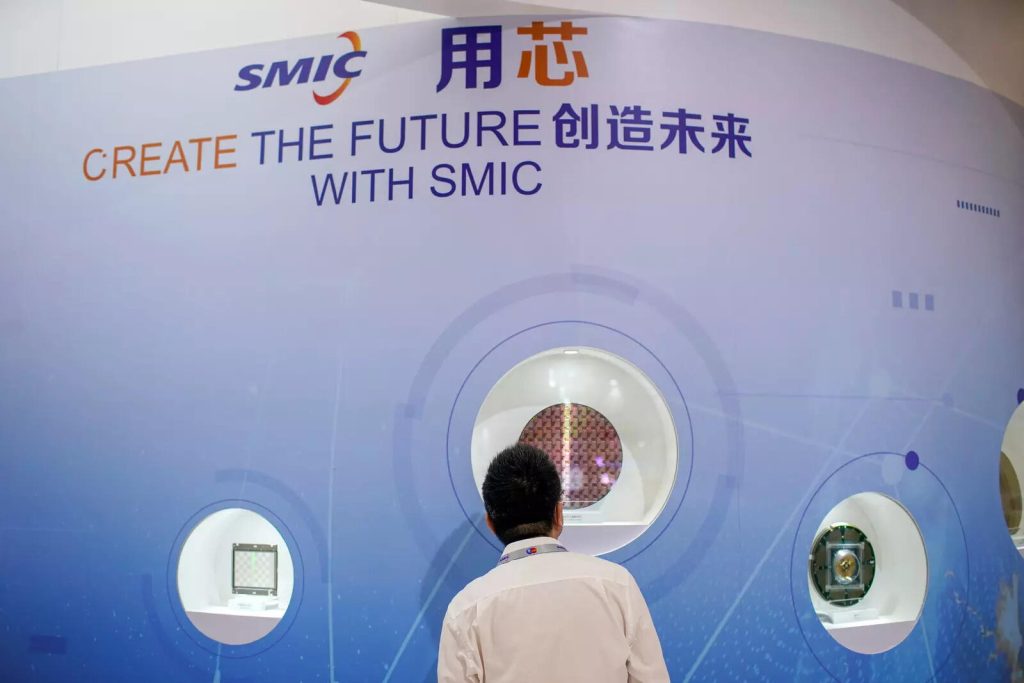
In a recent statement, China’s leading foundry SMIC reassured investors that the U.S. tariff policy has not caused the anticipated catastrophic effects. The company is experiencing strong domestic demand, which is expected to maintain its production capacity at optimal levels until October.
During a post-earnings call, Co-CEO Zhao Haijun highlighted that SMIC is not engaging with customers regarding President Donald Trump’s proposed 100% tariff on chip imports. However, the company remains optimistic about mitigating the impact due to strategic plans developed after the initial tariff measures in April.
Zhao mentioned, “After recent months, the majority of our customers have either stocked up sufficient inventory for the coming years or diversified their supply chains, leading us to believe that the impact will be minimal.”
Past tariff escalations have only resulted in minor cost hikes of less than 10% for overseas clients, he further explained.
China responded to the U.S. tariff actions by increasing duties on American goods to 125% in April, following Trump’s decision to hike tariffs on Chinese goods to 145%. Despite concerns, Trump’s proposal of a 100% tariff on semiconductor imports excludes U.S.-based manufacturers or companies committed to domestic production.
SMIC, mainly operating within China, was sanctioned by the U.S. commerce department in 2020. The company heavily depends on the Chinese market, which accounted for 84% of its second-quarter revenue, a marginal increase from the first quarter. The U.S. market contributed 12.9% to revenue, slightly up from 12.6%.
In the second quarter, SMIC reported a 16.2% revenue growth year-on-year, reaching $2.2 billion. However, the profit attributable to shareholders witnessed a 19.5% decline, falling short of market expectations and analyst estimates.
SMIC, officially known as Semiconductor Manufacturing International Corp, shipped 2.4 million eight-inch equivalent wafers in the second quarter, reflecting a 4.3% increase from the previous quarter.
Zhao emphasized that SMIC continues to face production capacity challenges, especially due to rising demand for analog chips, WiFi, Ethernet chips, and memory controller chips. The company’s monthly production capacity rose by 1.85% quarter-on-quarter to 991,000 wafers, with utilization rates climbing to 92.5% from 89.6% in the preceding quarter.
While third-quarter revenue is expected to grow between 5% and 7% compared to the second quarter, Zhao cautioned that the industry experiences a slowdown in the fourth quarter, resulting in delayed shipments and reduced orders.
The news of SMIC’s performance led to a more than 5% drop in its Hong Kong-traded shares on Friday.
